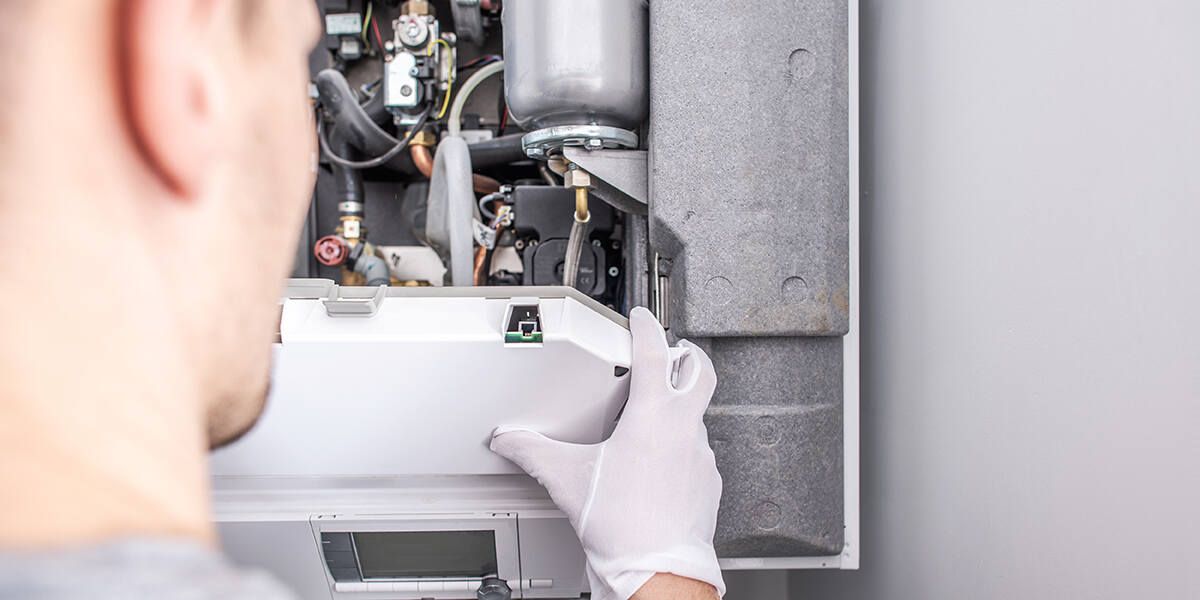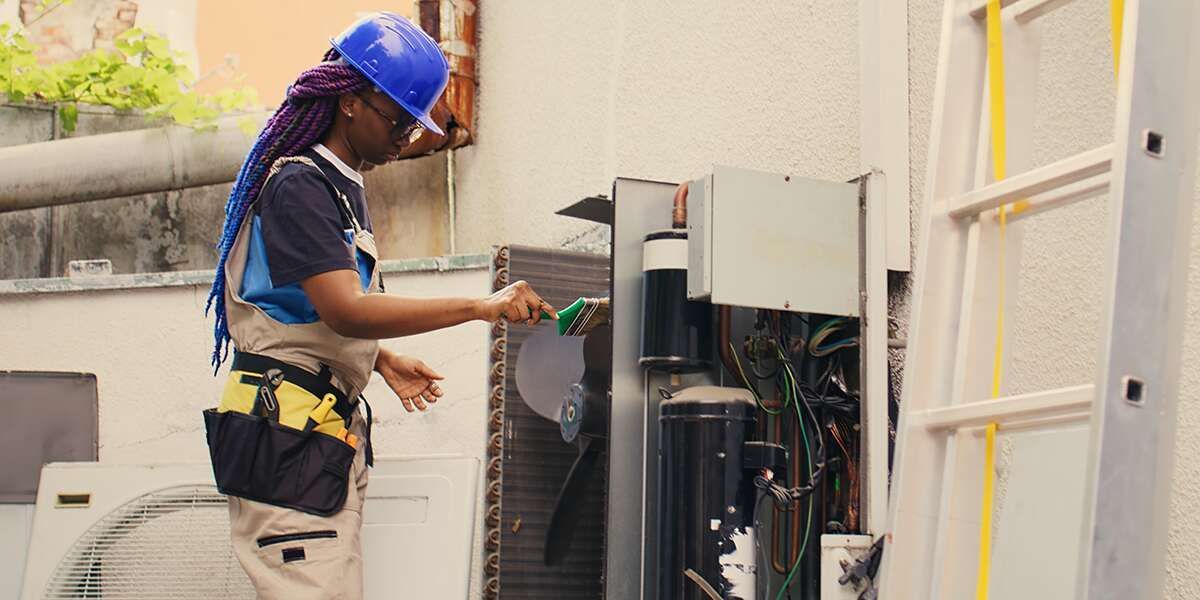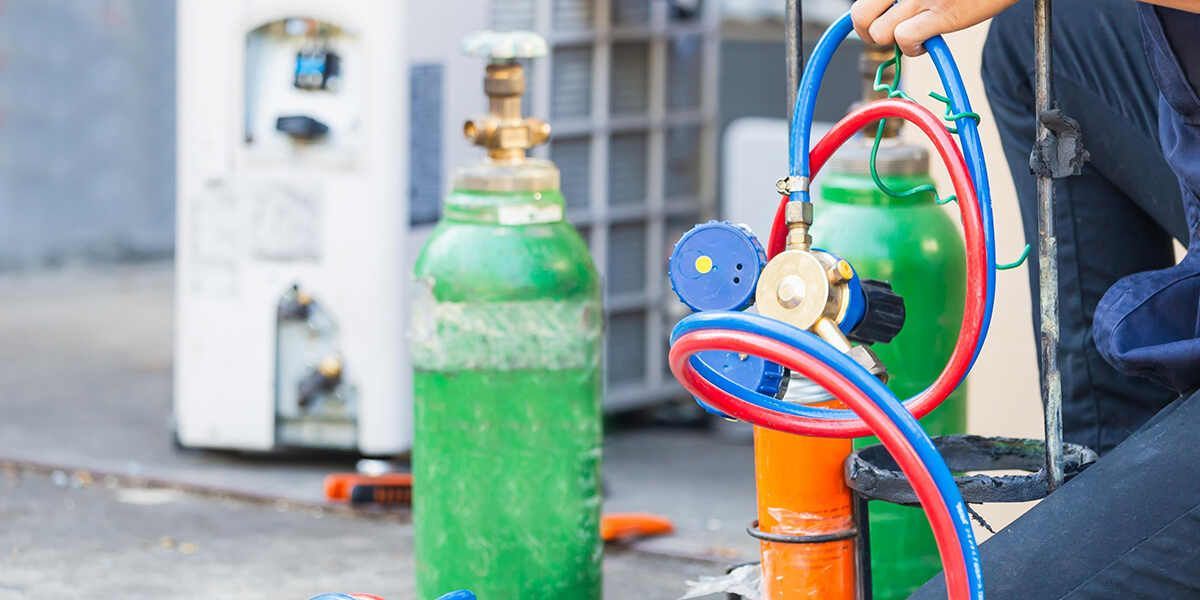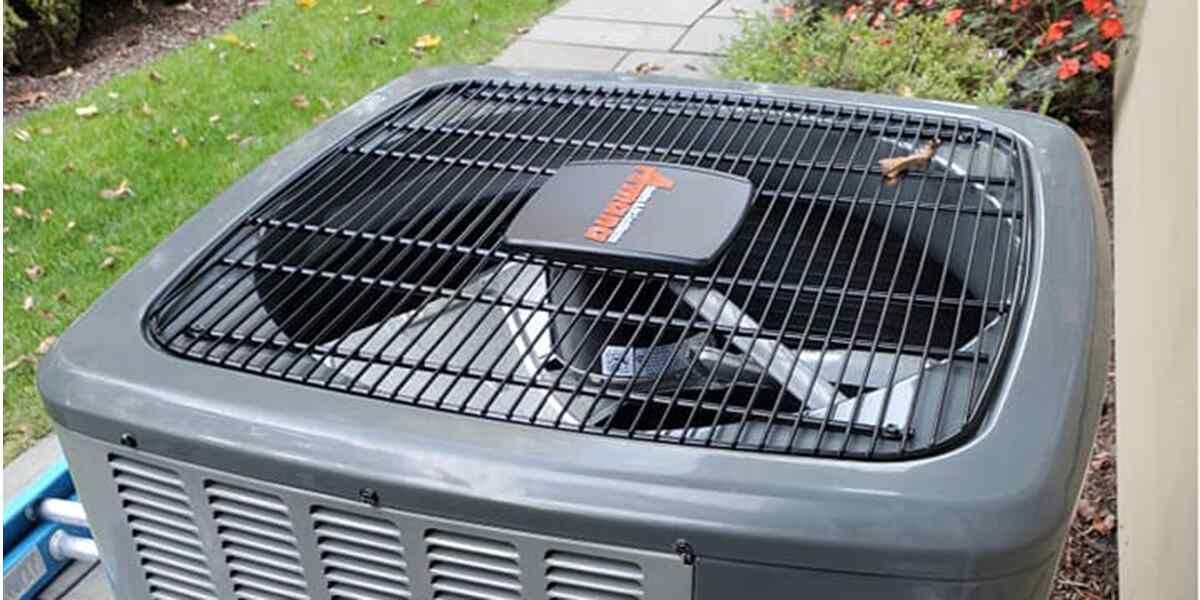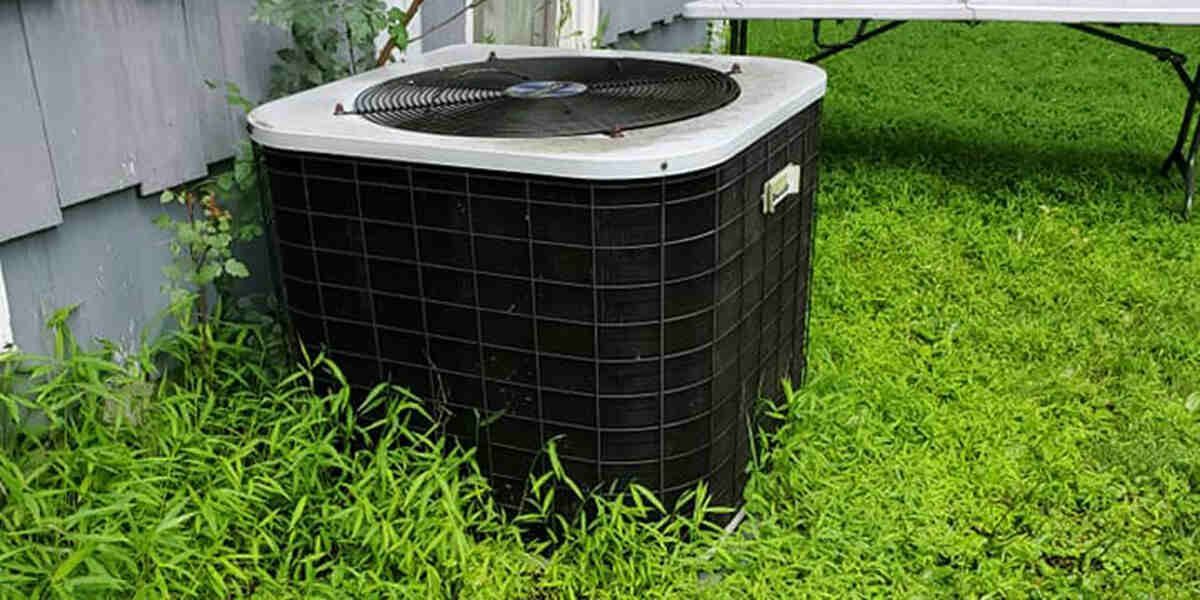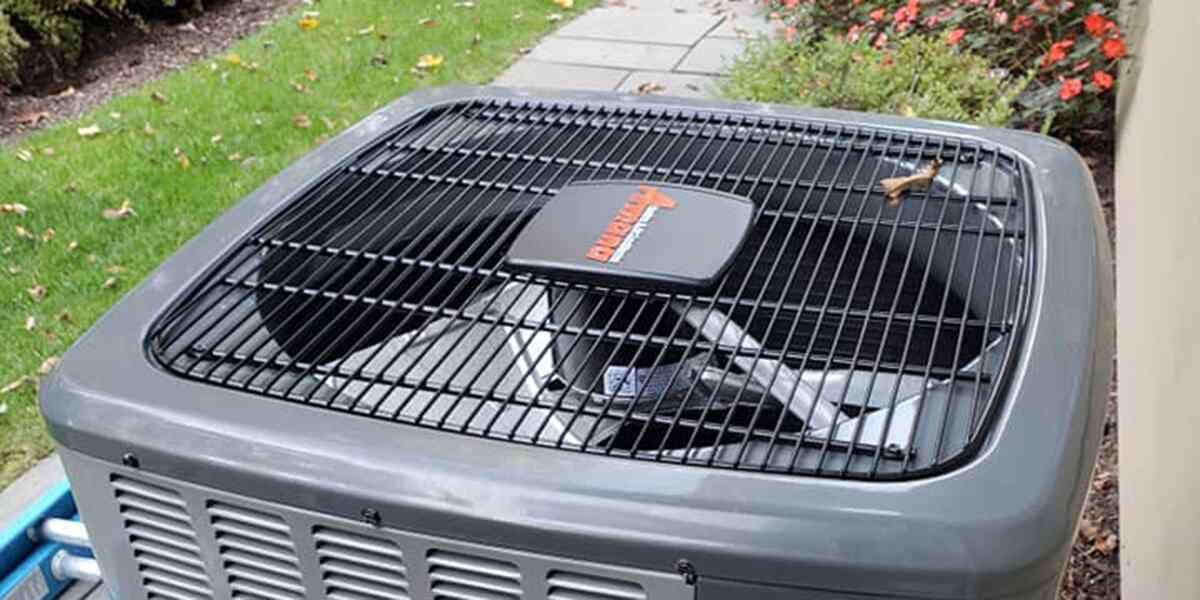5 Ways To Defrost an AC Unit Quickly and Safely
Comfort Specialists
Frosting is a common yet potentially serious issue with modern AC units. Excessive frost can stop your AC from doing its job, which can be a major frustration during the hot summer. Some of the most common questions that we get are about how to defrost an AC unit.
Today, the team at Comfort Specialists will go over some fast and safe ways to defrost your AC unit. Frosting can cause significant damage, so it’s in your best interest to take care of it quickly.
Feel free to call us if you would like to learn more about AC services for heating and air conditioning in Morris County from Comfort Specialists!
What Does Frost Do to An AC Unit?
AC units can develop frost because the rapid heat extraction process can cause a small layer of water vapor to freeze. Some degree of frost formation on your AC is typical, but too much frost can negatively affect performance and damage components. Read below for some common consequences of a frozen air conditioner.
Restrict Airflow
Frost can cover your evaporator and condenser coils, restricting airflow. If your AC unit does not have sufficient airflow, it won’t be able to cool air efficiently. Poor airflow can also cause your system to short cycle and put a lot of stress on HVAC components.
Reduce Cooling Performance
Frosting prevents the evaporator and condenser coils from doing their job, meaning that your AC won’t cool as effectively. A common symptom of frosting is that your AC unit can only blow warm air. Frosting can also affect the air compressor, causing it to cycle more frequently than normal.
Increase Energy Bills
Excessive frosting makes your AC unit have to work harder to get the same performance. The harder your AC unit works, the more power it draws and the higher your energy bills will be. Iced-over AC units can significantly increase energy costs, especially during the spring and summer.
Cause AC Shutdowns
If your AC unit becomes clogged with frost, it may cause random shutdowns. AC units will automatically turn off if they overheat, and ice buildup can create blockages in the drain line and prevent the removal of hot air. Overheating is very bad for your system and can seriously damage your HVAC components.
5 Ways To Defrost an AC Unit
Turn the Unit Off
The simplest way to defrost an AC unit is to just turn it off for a few hours. Frosting results from AC operation, so turning the unit off gives any ice some time to melt naturally. We do not recommend trying to scrape the ice off the unit manually. Doing so can damage components and could lead to injury.
It can take up to 24 hours for your unit to thaw out, potentially less if it is hot outside. Your AC may also slightly leak as the ice melts, so place some towels under it if you notice pooling water. If your AC does not thaw out after 24 hours, call a professional to identify the issue.
Use Some Heat
If you notice some ice and frost on the exterior of your coils, you can try to remove it with a little bit of heat. Hold a hairdryer about a foot away from the coils and blow hot air for a few minutes. Make sure you use the lowest setting on the hairdryer as excessive heat can warp and crack coils.
If you do use a hairdryer, be very careful around leaking liquids. You should also turn off your AC unit before you try to defrost the components to avoid possible electrical damage.
Turn the Fan On
Normally, the fan only turns on during your system’s normal cooling cycle. If you notice excessive frosting, turn the fan to the “ON” position. Doing so will force hot air through the unit, removing ice buildup on coils and exchanges. Just remember to turn the cooling setting to “OFF” so your fan doesn’t just end up blowing cold air.
Replace Air Filter
Another way to defrost an AC unit is by replacing the air filter. Dirty air filters block airflow to your AC unit, so it doesn’t get enough hot air. As the unit gets colder and colder, it produces more frost. Once you replace your air filter, wait about 24 hours for the ice to thaw before turning the unit back on.
Change Coolant
Coolant plays an important role in collecting and dispersing heat outside your home. Low coolant levels can cause low pressure in your AC unit, which leads to low temperatures and frosting. One possible solution to AC frosting includes changing your coolant and addressing any coolant leaks.
You also need to address the issues that caused frosting in the first place. Problems that create excessive moisture in the air can lead to frosting, so make sure to check coils and drains for leaks or cracks. If you do not address the root problem, your AC unit will continue to frost over.
Should I Call a Professional About AC Unit Frost?
If you have tried the above methods and your AC unit still has excessive frost, it may be best to call a professional. Professionals can identify frosting problems stemming from hardware malfunctions and address the problem quickly and efficiently.
It’s important to deal with excessive frost quickly. Too much frost can suffocate your AC unit, causing the compressor to break. A broken compressor can cost thousands of dollars to replace, so don’t wait until it’s too late.
Professional AC Servicing in New Jersey
Comfort Specialists has been serving the New Jersey area for years. We have helped countless homeowners achieve comfort with our professional HVAC maintenance and installation services. We have the skills and know-how to help with any AC unit issue.
If you want to know more about how to defrost an AC unit or are looking for professional air conditioning services, don’t hesitate to call. Contact us online or give us a call today at (973) 381-2726 to schedule an appointment!





